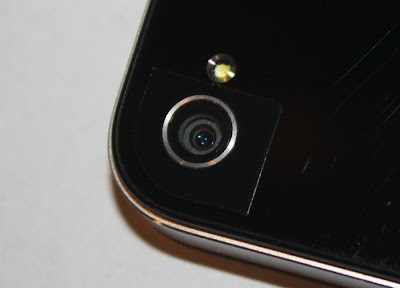
Korean handset maker LG has big plans for this year’s Mobile World Congress trade fair, which is set to kick off next month. With only a bit more than a month until the event, LG leaks have started to pour, unveiling some of the devices to be officially announced in February.
No later than last Friday, the folks over at Pocketnow revealed a mysterious LG X3 that featured a quad-core processor, LTE support and a stunning 4.7-inch capacitive touchscreen display.
Today, another unannounced LG device is making headlines, the LG CX2, which seems to be the true successor of the Optimus 3D Android smartphone.
Pocketnow reports that the LG “Optimus 3D 2” will be announced next month at the Mobile World Congress 2012, in Barcelona. However,...



 1/23/2012 11:54:00 PM
1/23/2012 11:54:00 PM
 dannzfay
dannzfay
























